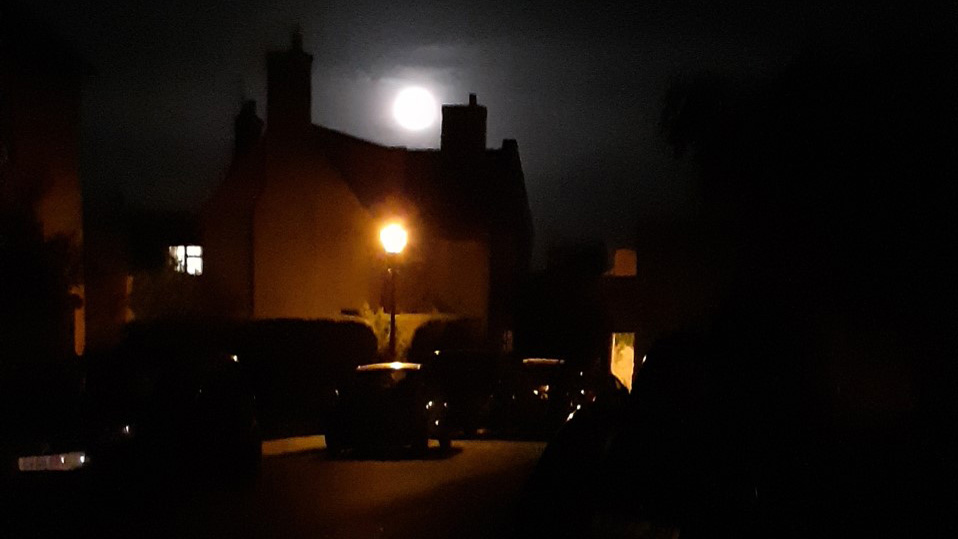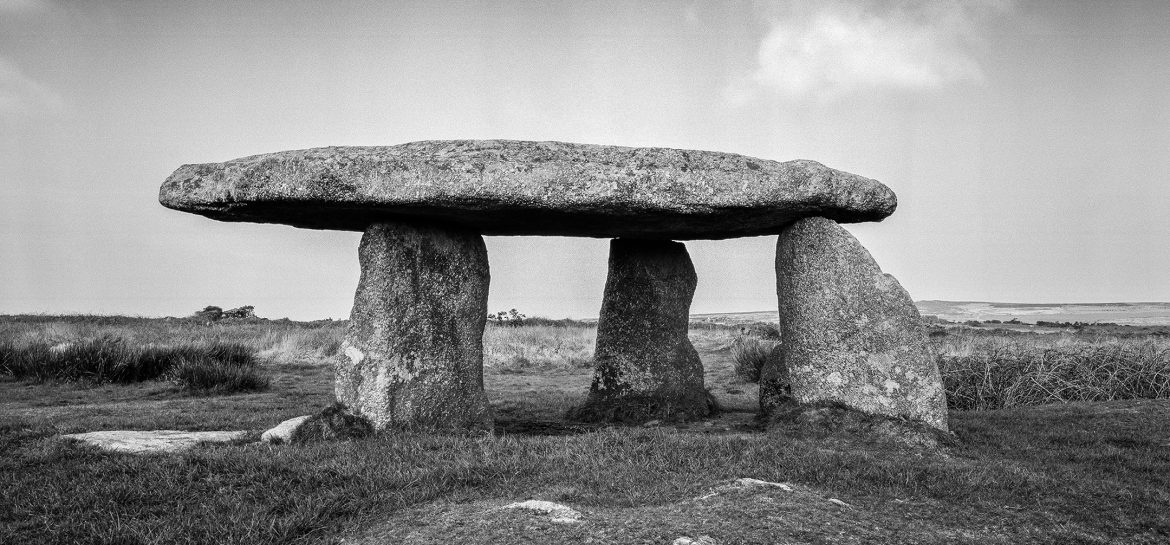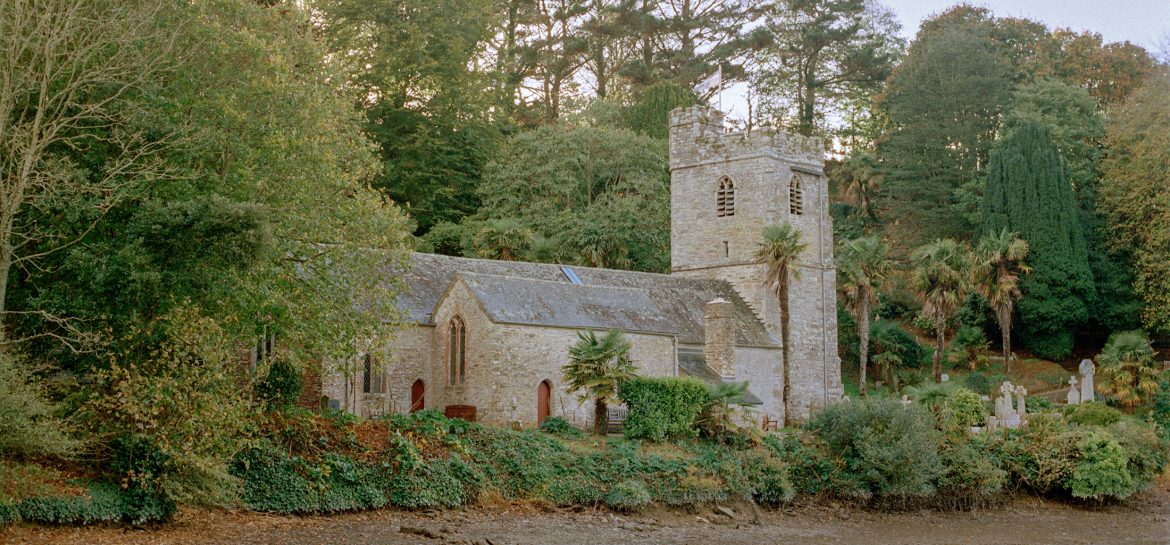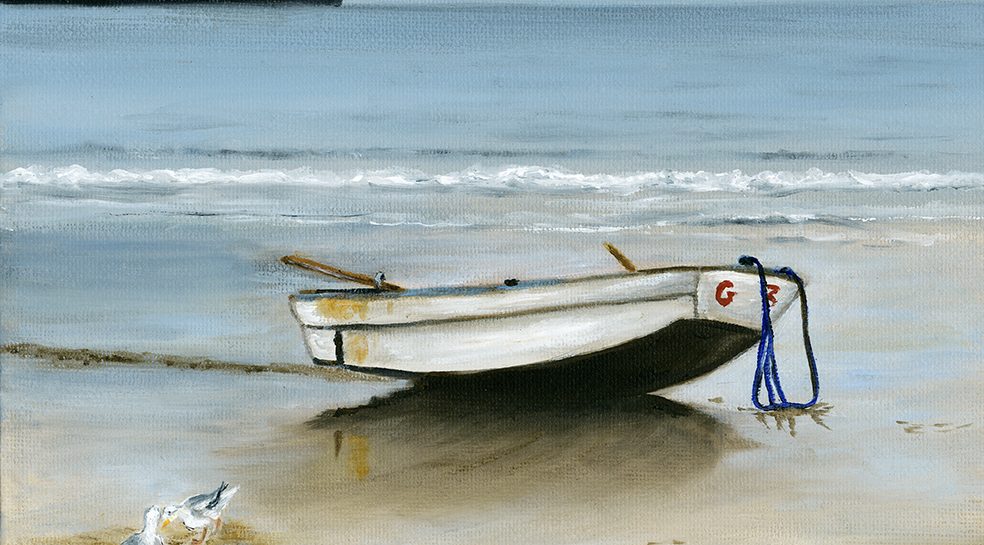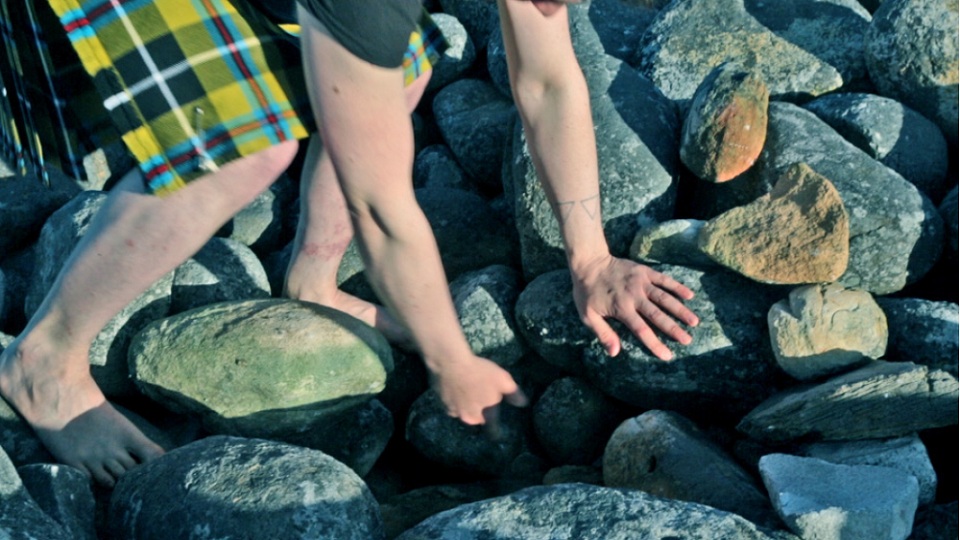In another article on present day Cornish artists, Rebecca Jaswinder Leest of St Agnes brings us a collection of her atmospheric paintings entitled “Luminaries and Lanterns” (Springtime 2020) Luminaries and Lanterns is a collection of illustrations which connects the Mundane World of the 2020 lockdown, with an escape route to a mysterious Underworld. A place…Continue Reading “Luminaries and Lanterns”
Emily Thornhill explores the past realities and human history of Cornwall in her second article for Cornish Story entitled ‘Sacred Places’. In this photographic essay she looks at the remains of pre-historic times within the landscape in the form of megalithic sites. The purpose and use of such places has always been a mystery to us…Continue Reading “Sacred Places”
Emily Thornhill reflects on religious sites in the first article in her new series for Cornish Story exploring place through photography. ‘God’s Little Acre’ is a study of the tiny and often forgotten Anglican churches and chapels of Cornwall, that reside in the most secluded of places. Serving sometimes only handfuls of people, these intricate…Continue Reading “God’s Little Acre”
Thomas J. Kennedy is a sub editor with Cornish Story Online and an active contributor to the cultural research of the Institute of Cornish Studies. In this article he focuses on the charming art work of the Probus-based Cathy Stringer as the first instalment of a new series highlighting the work of present day Cornish…Continue Reading “Cathy Stringer of Probus”
This month, Simon Pienaar, a third-generation Cornish South African writes about the effect that his Cornish ancestry has had on his art and his own sense of identity. My name is Simon Pienaar (I also work under a family name, Tamblyn). I am an artist and a Cornish South African. Most of my work revolves…Continue Reading “Cornish Soil”
This month’s continuation of a short series based on the collection, identification and preservation of family photographs. You can view last month’s article here. The images below are given in reverse chronology from the 1960s back to 1880, simply to visually demonstrate the changing character of popular photography as cameras became more technically advanced, yet relatively…Continue Reading “Unpacking Your Memories: Looking into the Family Photograph Album”

